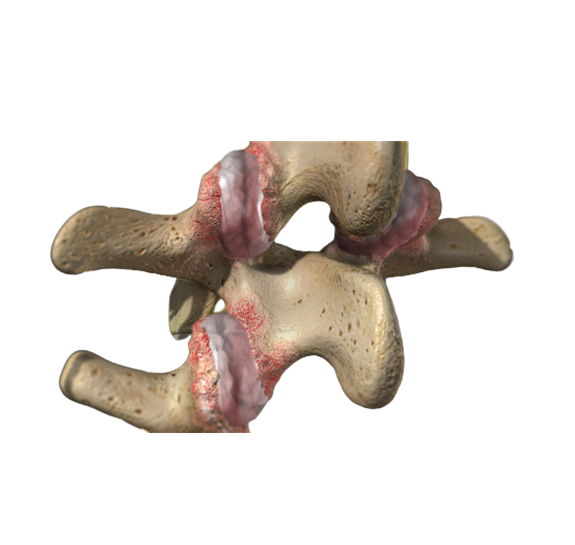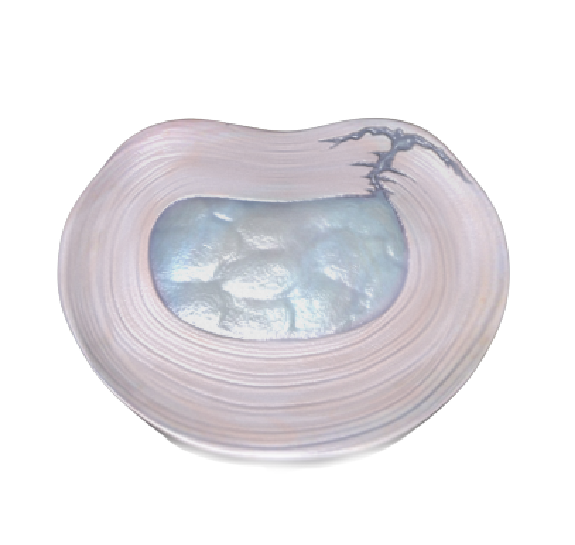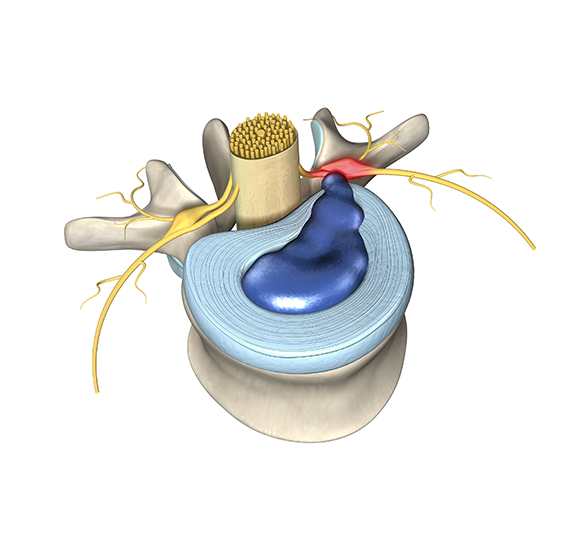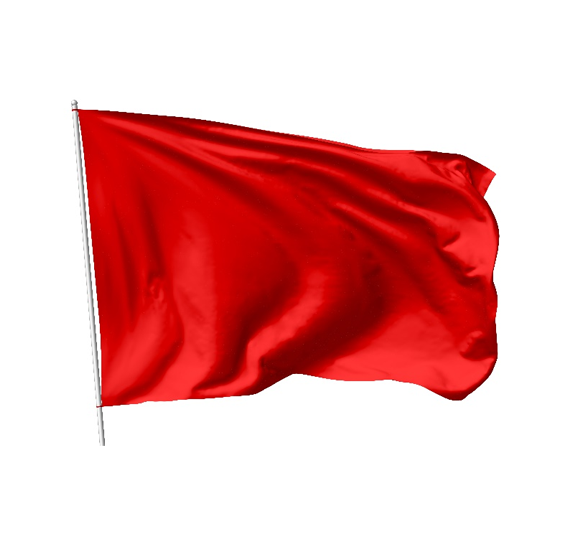Get your life back with minimally invasive shoulder replacement surgery
How many times have you tried to lift something, like a case of water or even your grandbaby, and experienced the searing pain that shoots through your shoulder? How many times have you had to cancel your weekend golf game or tennis match because you are afraid of triggering that shoulder pain that keeps you up at night?
How many times have you let shoulder pain call the shots in your life?
At Phoenix Spine & Joint, we offer minimally invasive shoulder replacement surgery that reduces the risk of infection and shortens the recovery time associated with traditional shoulder surgery performed in a hospital. Our outpatient procedures mean you go home the same day as your surgery – that means you begin your journey to faster. You deserve to live a pain-free life, and our shoulder replacement surgery can help you get there.
Take a moment to review this guide about our minimally invasive shoulder replacement surgery. We want you to be confident about your decision to move forward with surgery, so please do not hesitate to reach out to our team with any questions.
A clear path to relief — your patient journey for shoulder replacement surgery

Step one — your free second opinion with one of our expert doctors
You should feel confident about your decision to undergo shoulder surgery, which is why we offer a free second opinion to potential patients. Simply send your health and diagnostic information to our team, and then schedule your videoconference with one of our surgeons. Our team can walk you through the process of uploading your information and confirming your conference time.
Be prepared to discuss your symptoms, treatments and any questions you have regarding shoulder surgery. We are here to help you determine if our minimally invasive shoulder replacement surgery is the best next step on your journey to becoming pain free.
Step two and beyond — countdown to your procedure
The preoperative process for shoulder replacement surgery
Phoenix Spine and Joint believes in patient-centric care. While every patient will experience a personalized journey to pain relief, here is a basic overview of what you can expect from our team:
- Start your journey to stop smoking in order to lower your risk of complications.
- Eat a healthy diet and get regular exercise.
- Stop using any prescribed blood thinners.
- Make any necessary preparations, such as meal planning and preparing your house for surgical recovery.
- Our staff will send out your 48-hour email with more detailed information.
- Arrange for transportation to and from the surgery center.
- You should also have someone to stay with you the night after the procedure.
- If you have any last-minute questions, review them with a nurse.
- Avoid eating solid food after midnight.
- Take any necessary medications with a small amount of water.
- Wear easy-on shoes and looser-fitting clothing.
- Bring any needed medications; this includes any inhalers or CPAP machine.
- Review your final time-of-service financial arrangements.
Getting back to life — post-operative recovery
STEPS FOR RECOVERY AFTER MINIMALLY INVASIVE SHOULDER SURGERY
The first few weeks of the recovery process are critical to ensuring a positive outcome. It’s important to follow your post-operative instructions closely and get back to activity and as safely as quickly as possible.
PAIN MANAGEMENT AND SAFE MEDICATION USAGE
As the anesthesia starts to wear off, it’s normal to feel some level of pain after you have been discharged. Take your prescribed pain medication as instructed to avoid your pain from worsening. You’ll also typically be given a stool softener to mitigate constipation, which is a frequent side effect. Call for assistance if you do not experience a bowel movement within 48 hours.
Some patients may also experience a low-grade fever after their procedure. Taking a 350 mg to 500 mg dosage of acetaminophen can usually help if you are not taking medication that includes this drug. Always check with your doctor before taking any new medication (even OTC) after surgery.
DO NOT DRIVE FOR 24 HOURS
It is recommended not to operate a motor vehicle or make any serious decisions for 24 hours following your surgery because of the impairment of motor skills and judgment that generally accompanies pain medication.
CARING FOR YOUR INCISION
he incision site for your shoulder procedure is closed with medical grade, glue-like material. You will be given instructions to let it come off by itself in a couple of days. Some drainage at the site is normal, but it should only be intermittent spotting.
USING ICE AND HEAT TO TREAT THE AREA
Ice packs are a great way to help manage pain and inflammation in the immediate period after shoulder surgery. Cycles of 20 minutes on and 20 minutes off can be used as often as necessary for the first day. After that, you can also introduce a heating pad to promote blood flow and relax soft tissue. Use caution and do not apply ice or heat directly to the skin.
USE COMMON SENSE AND FOLLOW YOUR INSTRUCTIONS
After shoulder surgery, you can expect to be in a sling for two to four weeks while your shoulder heals. You will be given detailed instructions for returning to normal activities as well as rehabilitative exercises that will help to restore shoulder function.
Use common sense and try to make as much progress as you can without overdoing it. While being overly sedentary is detrimental to healing, rushing too quickly back to regular activities can be even more harmful.
OUR DEDICATED TEAM IS HERE TO HELP
Reach out to us at (602) 536-4625 with any concerns or questions. We always tell patients that we would prefer 100 calls too many than one too few. Our objective is to get you the information and answers you need as quickly as possible.
CALL US IN ANY OF THE FOLLOWING SITUATIONS
You should absolutely call us immediately if one or more of the following occur:
- Sudden and serious pain
- Severe fluid drainage beyond minor drops or spots
- High fever of more than 101.5 degrees
- Any difficulty or pain while urinating
- Development of a productive cough
- Any new instance of numbness or weakness in the extremities
- A throbbing headache that gets worse when standing and improves when lying down
- Any fall, injury or new problem

Getting back to the people and activities you love
Tell us your success story
Your success is ours too, and we’re proud of all of our patients who were able to return to the quality of life they enjoy after surgery. We’re here for you if there are any difficulties, but we also are happy to hear about your success stories.
Post a picture on social media and tag @phxspine to show us how you are getting back into action and out of your sling. We might even give you a T-shirt just to say thanks!
Learn more about our minimally invasive shoulder treatments
It’s time to get back to living the life you enjoy. Contact one of our Patient Solutions Advocates today for more information or to schedule your free second opinion with one of our doctors.








